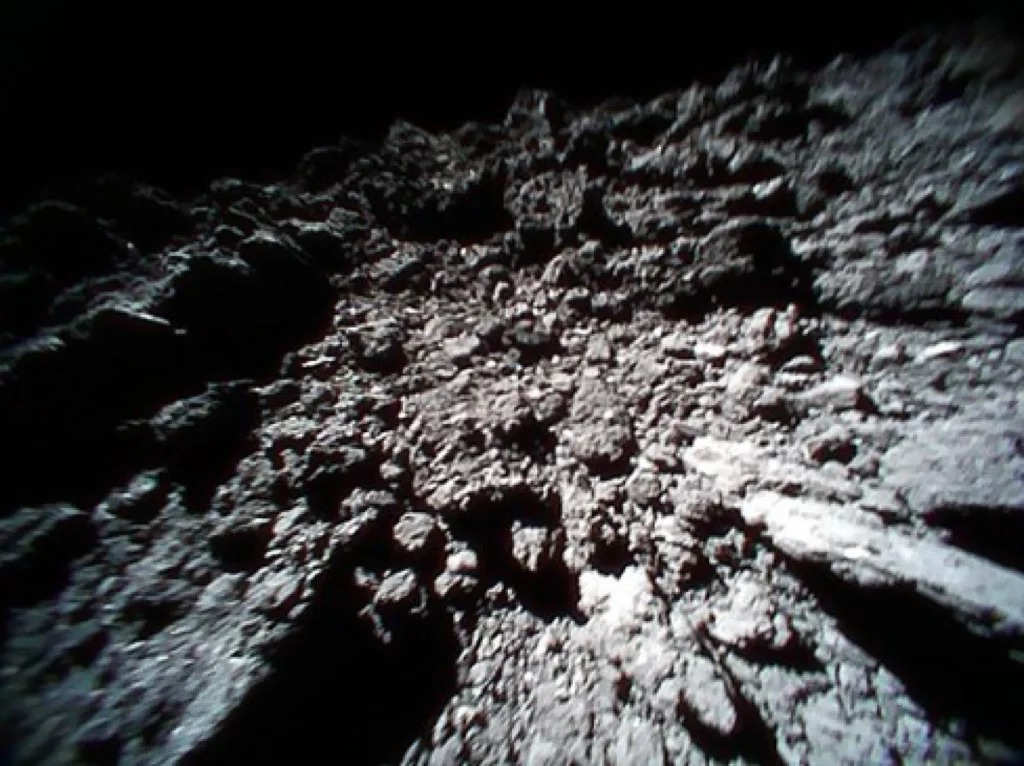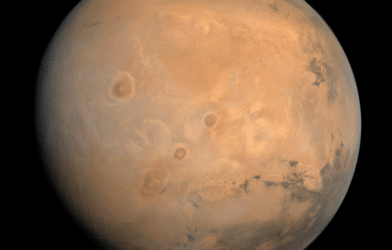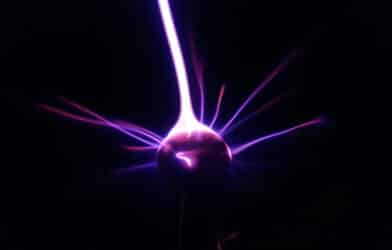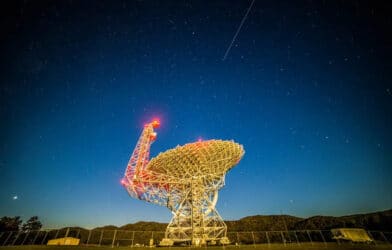Did the seeds of life come from space? Scientists from Tohoku University have uncovered evidence on the near-Earth asteroid Ryugu that suggests cometary organic matter was transported to the Earth’s vicinity from space. This discovery was made possible by the analysis of samples returned by Japan’s Hayabusa2 mission, which had previously fetched samples from Ryugu back to Earth.
Japanese researchers conducted an intensive investigation into the Ryugu samples. Their findings reveal fascinating insights into the composition of the asteroid and the origins of organic molecules in the solar system.

Asteroid Ryugu lacks a protective atmosphere, making its surface vulnerable to impacts from interplanetary dust. These collisions can alter the asteroid’s surface composition. The team discovered that the surface of the Ryugu samples contained tiny “melt splashes,” which are between 5 to 20 micrometers in size, created by the bombardment of micrometeoroids composed of cometary dust.
“Our 3D CT imaging and chemical analyses showed that the melt splashes consist mainly of silicate glasses with voids and small inclusions of spherical iron sulfides,” says study author Megumi Matsumoto, an assistant professor from the Earth Science Department at Tohoku University Graduate School of Science, in a media release. “The chemical compositions of the melt splashes suggest that Ryugu’s hydrous silicates mixed with cometary dust.”
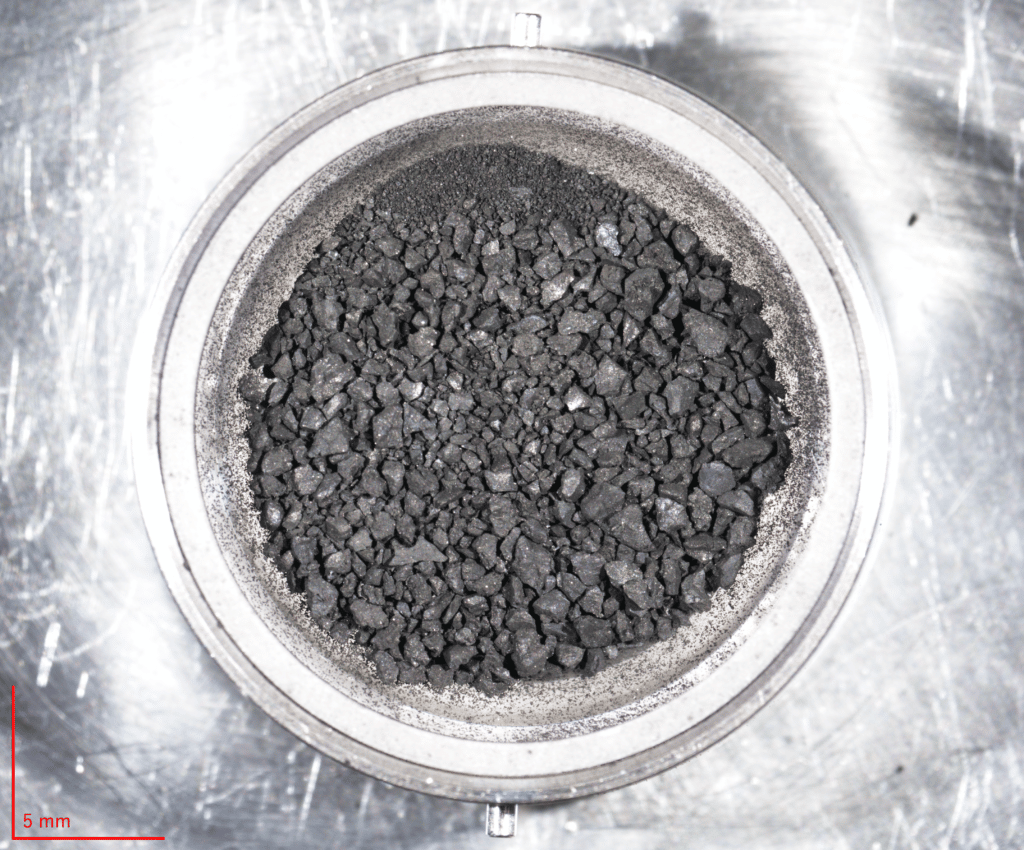
The study also identified small carbonaceous materials within the melt splashes, which are rich in nano-pores and include iron sulfide inclusions, bearing a textual resemblance to primitive organic matter found in cometary dust. However, these materials are chemically distinct, lacking in nitrogen and oxygen.
“We propose that the carbonaceous materials formed from cometary organic matter via the evaporation of volatiles, such as nitrogen and oxygen, during the impact-induced heating. This suggests that cometary matter was transported to the near-Earth region from the outer solar system,” explains Matsumoto. “This organic matter might be the small seeds of life once delivered from space to Earth.”
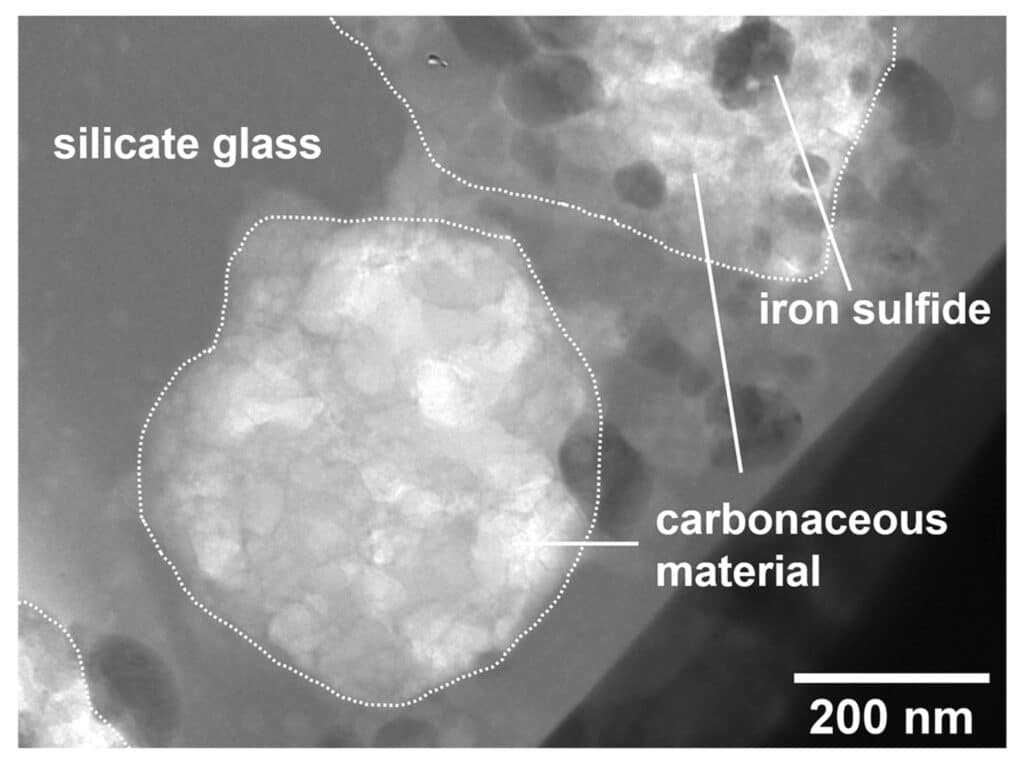
This discovery opens new avenues for understanding the origins of life on Earth and the role of asteroids and comets in delivering organic materials to our planet. Researchers plan to continue examining the Ryugu samples for additional melt splashes, hoping to gain further insights into the influx of primitive space materials to Earth.
The study is published in the journal Science Advances.
